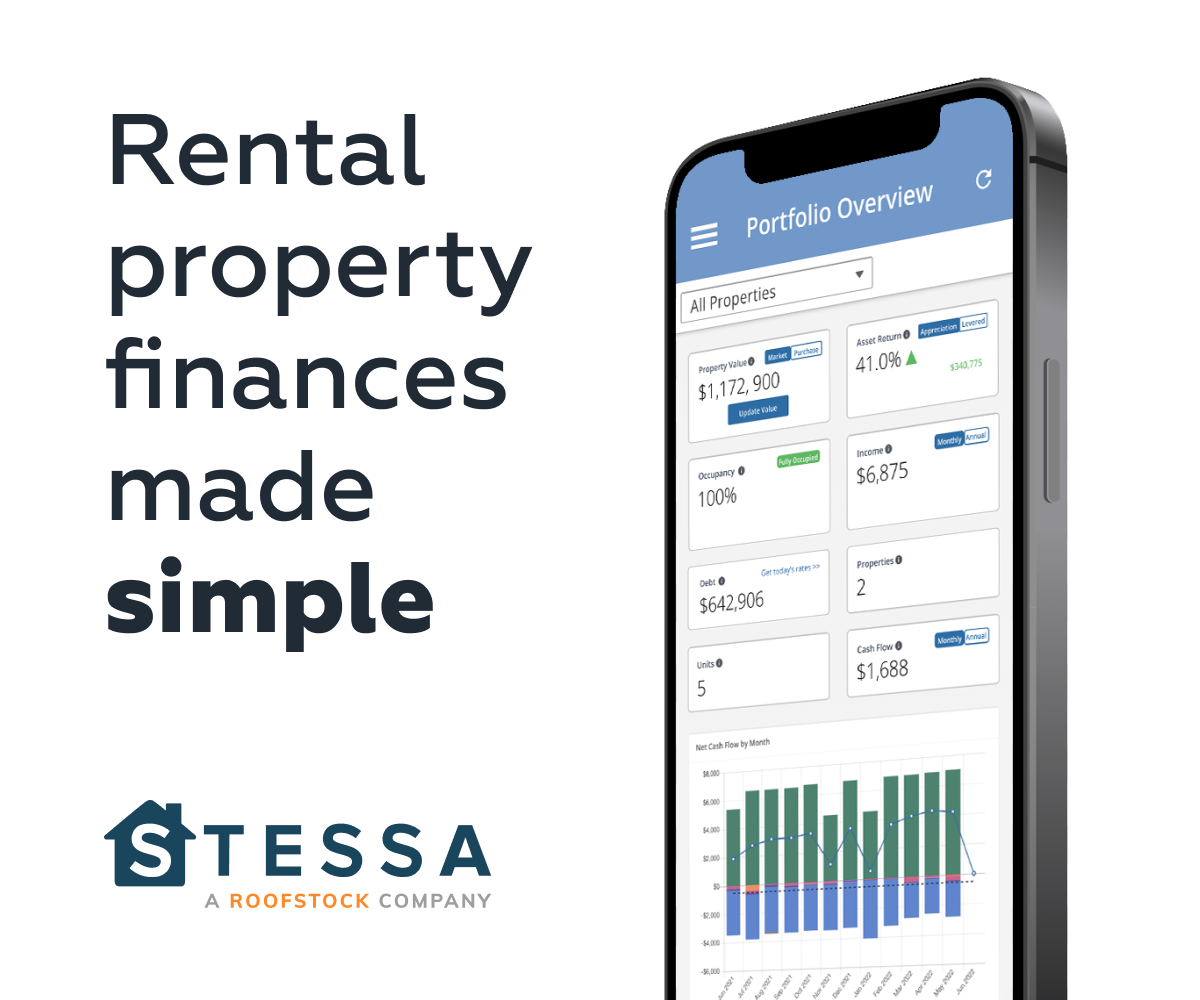
8 Steps to Find a Great Market for Real Estate Investing
You’re probably here because you’ve concluded that your local real estate market isn’t great for investors… right? Great!
I love remote real estate investing. In fact, all of my investments have been from a distance. You can do it too! In this article I’ll go through a few of the key criteria we look for when looking for new markets to buy investment real estate in.
There are a lot of different factors to consider when finding a market for real estate investing. The key is recognizing that we are first and foremost evaluating the current economic climate and which way it is headed. The health of a local real estate market is downstream from the market’s overall economic health.
Is the economy booming, stagnating, or falling? If the local economy is booming, the market may be a great place to invest in property. On the other hand, if the local economy is struggling then smart investors will seek greener pastures, or markets with healthy economies.
We will evaluate a number of key factors to determine the health of the local economy, then move to real estate-specific indicators. Many of these aspects are just guidelines; there are investors who do not follow these methods and still make money in real estate. Our goal is to make that process as easy as possible, which starts with investing in the right place.
1. Market Size
The size of the market should be the first factor you consider. Small markets (like small towns) bring a host of issues for property owners. The biggest issues are typically lack of availability of service providers and a limited renter pool. If you only have one property manager option and a handful of potential tenants, that doesn’t offer you much choice!
Large, primary markets can be highly competitive with real estate prices that prevent cash flow. We prefer to target mid-range “Secondary” cities, which tend to have numerous property managers, contractors, realtors, wholesalers, and all other manner of real estate professionals who can help you on your cash flow journey.
2. Population Growth
Population growth is a key indicator of the strength of a local economy because it shows whether people are moving into or out of an area. If population growth is high, that’s a good sign for the local economy because it means that businesses are doing well and people are attracted to the area.
The opposite of population growth is population decline. Populations can decline for a number of reasons. Oftentimes it is driven by a failure of the local economy, with people moving away to seek better employment. When people leave a market, they free up housing, increasing the supply of housing and driving prices down. We don’t want that!
Where to find population growth info:
- Local Governments (Google “Your City population trends” ): City governments typically have the best understanding of trends in their markets. Many will regularly publish information about those trends, which will tend to include population changes. Be sure to take these reports with a grain of salt, because they are typically intended to paint a bright picture of the market to attract businesses.
- Census: The Federal Government runs the census regularly and makes the data readily available.
- Macrotrends.net and other data aggregators: There are a ton of data aggregators out there. The key is to understand where they get their data. You need to make sure the data is legitimate!
3. Job Growth
The second factor to evaluate is job growth. Job growth is another key indicator of the strength of a local economy because it shows whether people are able to find work in an area. If job growth is high, that’s another good sign for the local economy because it means that businesses are doing well and people have jobs.
Places to check:
- Local Chambers of Commerce
- Bureau of Labor Statistics
4. Household Income Growth
The fourth factor to evaluate is household income growth. Household income growth is a key indicator of how well the local economy is doing because it shows how much money people have to spend on housing. If household income growth is high, that’s another good sign for the local economy because it means that businesses are doing well and people have more money to spend.
How to find income growth statistics:
This one is particularly difficult. I have found that, again, local governments will keep the best tabs on this kind of information and may make it available. There are commercial real estate-specific companies that do this kind of detailed research.
Costar is the most prominent provider of statistics, but their information comes at a steep price and is not affordable for most investors.
5. Laws & Landlord Friendliness
The fifth factor to evaluate is landlord friendliness. Landlord-tenant law impacts how effectively and efficiently you’ll be able to run your business. There are numerous resources available that can help provide ratings for landlord-tenant law friendliness.
There are a number of factors to consider in this area. Important considerations can include:
- Evictions: This is the big one, where the rubber hits the road. The ease of eviction and how long they take are critical.
- Security Deposit Requirements: Some states have exceptionaly onerous regulations around how quickly landlords are requried to return security deposits, which tenant damages may be covered by the security deposit and which may not, and much more. Investing in a state which restricts your ability to use a security deposit for its intended purpose is not a great way to start.
- Rent Controls: Rent control has been repeatedly discredited as a method for capping rent costs, but yet many cities have continued to try this strategy. We would steer clear of any market with rent controls.
Here is a helpful article from Roofstock including a list of states they consider landlord-friendly.
6. Rent Growth
The third factor is rent growth. Rent growth is a key indicator of how well the local economy is doing because it shows whether people can afford to live in an area. If rent growth is high, that’s a good sign for the local economy because it means that businesses are doing well and people can afford to live there.
How to Research Rent Growth
My favorite single tool is Rentometer. As with every other statistic here, you must obtain data from multiple sources. RentCafe, Zumper , and Zillow can help as well.
7. Are they building new housing too fast?
Housing, like anything else, functions on basic supply and demand. If supply exceeds demand, then prices will fall.
If the market is being overbuilt that can put considerable downward pressure on housing prices and rents. When there are too many properties on the market, it drives prices down. Overbuilding can also lead to an increase in vacancy rates, which is another problem for landlords.
Fortunately, overbuilding is not happening in most areas today. In the wake of the Great Recession, the US effectively took a full decade off of developing new real estate, and that trend has never truly reversed. The Covid recession and restrictions also drastically hampered new development, with delays and shortages of building materials severely hampering an already slow development process.
Nevertheless, take the time to research the number of new units coming to market in the next 3-5 years in your market. This can typically be estimated through the permitted unit count, available through the local city government.
8. Dig into the Submarkets
Large markets are just groupings of many submarkets: smaller towns, cities, suburbs, neighborhoods, and so forth. The key to successful real estate investing is in identifying the submarkets which best fit your chosen strategy.
For example, if you’re looking for a market with high rent growth potential, you’ll want to look for submarkets that are close to job centers, have a strong influx of people, and are getting plenty of new development. Look at the local restaurant franchises. Do McDonald’s, Panera Bread, Starbucks, and other similar companies see potential in the area? That could be a good sign!
Get your boots on the ground!
You’ll need to go see these submarkets in person to truly get a feel for their trajectory and potential. Be sure to take time to see these areas in person. Google Maps and Streetview are great, but they can only tell you so much.
How to Get Started:
Start by writing down 10 medium-size cities which comes to mind. Make them cities you think you might be interested in. Then get to doing your research!
Research each of these factors, then rank your 10 markets in terms of best to worst. Then narrow it down to the top 2 to 3 for a deep dive.
Ultimately the goal is to narrow in to one market and become an expert and build your team. So, you should consider things like how well you already know the market and how difficult it is for you to get there. You may not plan on going to the market very often, but going in person from time to time is important and could be a deciding factor between two markets that are otherwise totally equal.
Planning a market due diligence trip:
Once you’ve selected one (maybe two) markets, you need to go check them out in person. This is called a market due diligence trip. When you’re ready to get started on your market due diligence trip, there are a few key things you’ll want to keep in mind:
- Have a solid plan and itinerary. This will help you make the most of your time in the market.
- Leave plenty of time for serendipity. You never know when you’ll stumble across the perfect property or meet the perfect partner.
- Have a good understanding of the market before you go. This will help you ask the right questions and target your search.
- Don’t forget to have fun! This is an exciting time in your real estate investing journey.
You should plan on spending at least a couple of days to a week in each market you’re considering. If possible, try to include a few local REIAs or other real estate networking events in your tour. That will give you an opportunity to meet plenty of local real estate investors and service providers.
Due Diligence Trip Goals:
- The first goal of a market due diligence trip is to confirm your research and make sure the market is truly trending upward.
- The second goal of your trip should be to build a deeper understanding of specific submarkets you’ve identified as areas of interest.
Wrapping it up
As you can see, there are many things to consider when choosing a market for real estate investing. It’s important to do your research and make sure the market is trending upward before making any decisions.







